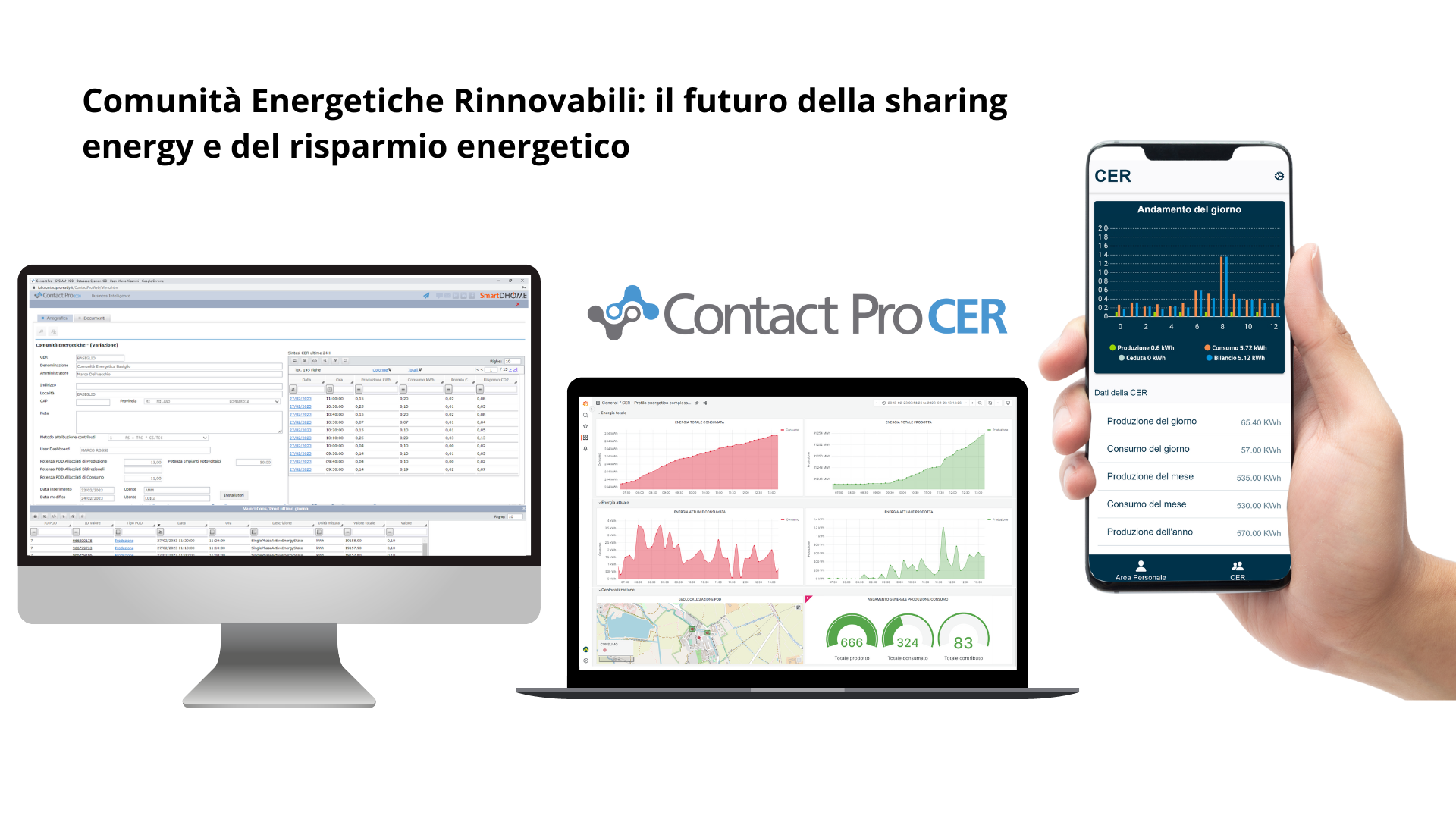Milan, June 16, 2023 – When we talk about Renewable Energy Communities, we refer to associations of private entities—such as households, commercial activities, SMEs, and public institutions—aimed at creating virtuous systems for the production, self-consumption, and sharing of energy from renewable sources. This collaborative energy-sharing model promotes energy independence from the national electricity grid.
Driven by sociopolitical, environmental, and energy-related factors, the Renewable Energy Communities (RECs) market has seen a dramatic rise, leading industry experts to envision a greener future.
A study by the Politecnico di Milano estimates that in just under five years, around 40,000 RECs will be active in Italy, involving 1.2 million households, 200,000 offices, and 10,000 SMEs.
This energy revolution has only just begun and is expected to expand across Europe, where by 2050, 264 million citizens are forecasted to participate in the REC market, generating 45% of the total electricity in the European Union.
How Are Renewable Energy Communities Formed?
To form an REC, all participants must be connected to the same primary distribution substation. Sharing energy would not be possible otherwise. Next, a legal entity must be established—typically a non-profit association or a cooperative.
Importantly, all participants (private individuals, public offices, SMEs, etc.) maintain their rights as final customers, including the ability to choose their electricity provider and leave the community at any time.
A key element for successful formation is distinguishing between two types of members:
-
Prosumer: Participants who own a photovoltaic system made available to the REC, producing energy for themselves and for the community. They benefit from high self-consumption and financial incentives funded by consumers.
-
Consumer: Participants who do not own a photovoltaic system but benefit from shared energy at a price lower than that of the national grid.
How Is an REC Managed?
A critical factor in REC functionality is real-time knowledge of available energy flows. This insight allows each member to adjust their behavior to maximize economic benefits (incentives).
Accurate accounting management is also required, typically handled by the system administrator, to properly distribute incentives to all members.
There are several solutions on the market today, but the most effective is Contact Pro CER a software platform for the creation and comprehensive management of RECs. It combines Artificial Intelligence, a mobile app, and a web platform to engage both consumers and prosumers. It is the ideal solution for public administrations, SMEs, and citizens aiming to build a Renewable Energy Community in a sustainable and efficient way.
What Does Contact Pro Do for Renewable Energy Communities?
-
Multi-REC management
-
Multi-user management
-
Real-time management of energy flows: produced, self-consumed, and fed into the grid
-
REC accounting management
-
Environmental impact management (CO₂ calculation)
-
Data export in CSV, XLSX formats
-
Access levels: superadmin, admin, participant user
Contact Pro CER also manages Distributed Energy Assets (DEA) to ensure effective Dynamic Load Management (DLM). These assets are controlled by MyVirtuoso Home, a Home Energy Management System (HEMS) integrated with major brands of photovoltaic inverters, storage systems, heat pumps, and EV charging wall boxes.
Learn more:



